Vuelta a España: Six Critical Stages Of the 2021 Edition
Vuelta a España: Six Critical Stages Of the 2021 Edition
The 2021 Vuelta a España: FloBikes looks at the six critical stages this year's grand tour.

The 2021 Vuelta a España covers three weeks starting on August 14 in Burgos, features nine summit finishes and a time trial to begin and end the race September 5. FloBikes looks at six critical stages this year's grand tour.
Join Pro to watch the 2021 Veulta a Espana live and on-demand in Canada.
Stage 3
The first summit finish to Picón Blanco will indicate who has the legs to win this Vuelta a España edition. It's a short climb of 7.2km, but has 17% grades. For example, Picón Blanco could reveal who is the true leader of teams like Ineos Grenadiers and Movistar. And show us out of the hand full of underdogs, who could seriously challenge for the final podium spot.
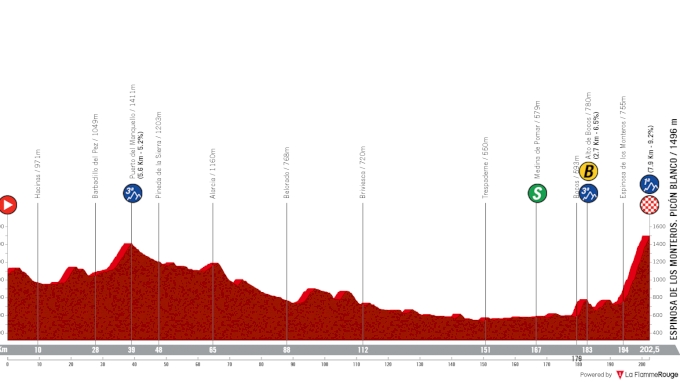
Stage 5
The 184.4km stage to Albacete is one of those typical Spanish stages that could explode into echelons. Travelling south, the road is continuously exposed and presenting problems for those small climbers who lack a big support team. This is where we can expect to see Egan Bernal with Ineos support excel. Or see Primoz Roglic rely on his Dutch team to make gains -- not on the climbs -- but on the big wide Spanish roads.
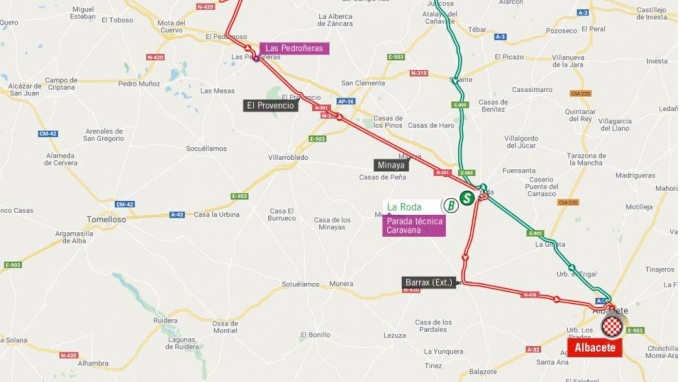
Stage 9
This is going to be a big day with 4500 meters of climbing in one of Spain's most barren and hot lands. Though the Almería southeast, the land used in Client Eastwood's Spaghetti Westerns, the Vuelta will cover 188km to the Alto de Velefique. The exposed roads climb up and down all day, all the time you can see the peaks ahead, but the draggy roads will zap riders' morale if not their legs. It may not be so much of a battle for victory but one of elimination heading towards the first rest day.

Stage 14
The Saturday at the end of the second week features one of those typical Vuelta a España goat-path climbs and plenty of room for an ambush. Starting the last loop, the riders ascend Collado de Ballesteros 60km out, a 3km cement path of 15 to 20% gradients. From there, anyone with the legs could potentially trap the race leader before the final climb heading the other way up the the 14.5km Pico Villuercas.
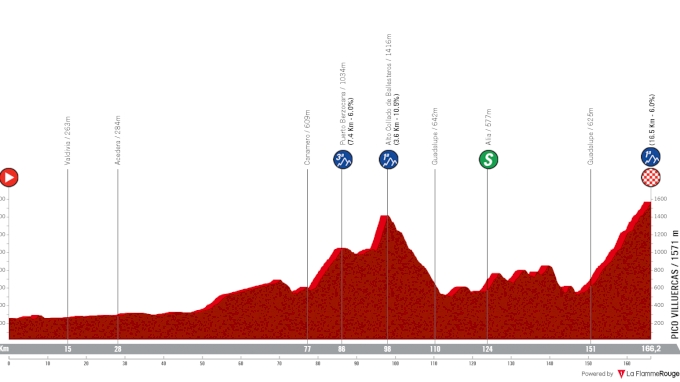
Stage 18
This is the last big day for the climbers to make a difference before the time trial finish and also a day when many riders will be running low on energy, especially since they just raced the Lagos de Covadonga stage 24 hours before. This Gamoniteiru climb is a beast, on the same range as the famous Angliru climb. The Gamoniteiru does not hit the same high percentages, but never-before-used road is tough because it constantly rises at 15 to 17% for the entirety of the 14 kilometers.
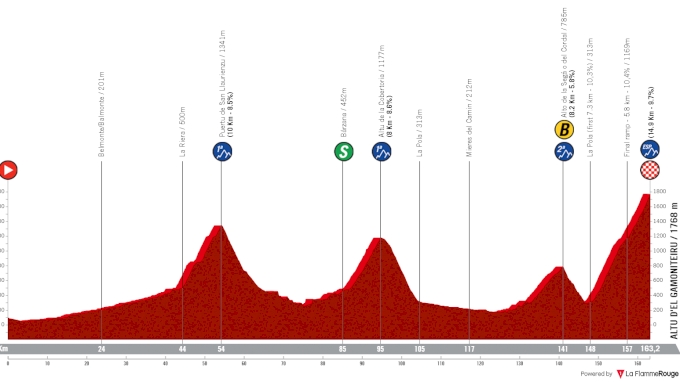
Stage 21
Whoever has survived this far into the race to still be in the classification battle will need to switch from their mountain riding position to a long-stretch time trial one. Stage 21 covers 33.7km to finish on Spain's western edge in Santiago de Compostela.
The Vuelta moved away from its traditional sprint finish in Madrid to stay up north and end in Galicia where many pilgrims end their journeys. It's odd to think that a race so known for its climbs could be shaped so much by this individual, flat, timed test. Given some of the minimal time differences in recent mountain stages, this could be a cliff-hanger Vuelta with the time trial having the last laugh.
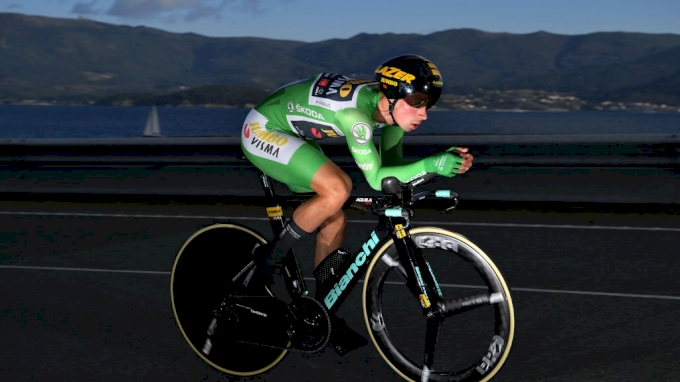
Related Content
 Injured Primoz Roglic Skips Ardennes Classics To Prioritise Tour de France
Injured Primoz Roglic Skips Ardennes Classics To Prioritise Tour de FranceApr 12, 2024
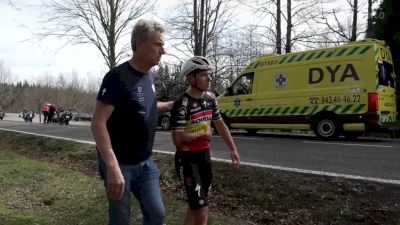 Jonas Vingegaard, Remco Evenepoel Break Collarbones In Basque Country Crash
Jonas Vingegaard, Remco Evenepoel Break Collarbones In Basque Country CrashApr 4, 2024
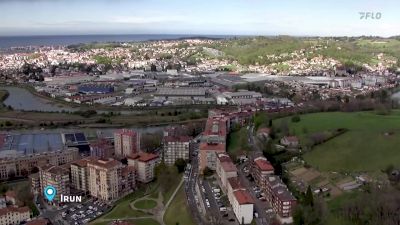 Watch In Canada: 2024 Tour of Basque Country - Stage 1
Watch In Canada: 2024 Tour of Basque Country - Stage 1Apr 1, 2024
 Tadej Pogacar Wins 2024 Tour Of Catalonia After Fourth Stage Victory
Tadej Pogacar Wins 2024 Tour Of Catalonia After Fourth Stage VictoryMar 24, 2024
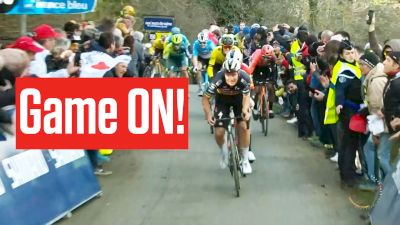 Remco Evenepoel & Primoz Roglic Outpaced By Buitrago In Paris-Nice Thriller
Remco Evenepoel & Primoz Roglic Outpaced By Buitrago In Paris-Nice ThrillerMar 6, 2024
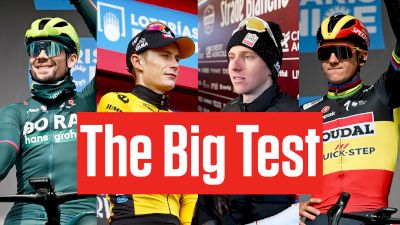 Tour de France 2024 Hopefuls: True Test At Paris-Nice & Tirreno-Adriatico
Tour de France 2024 Hopefuls: True Test At Paris-Nice & Tirreno-AdriaticoMar 5, 2024
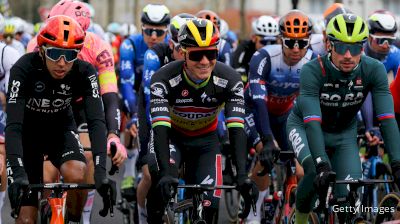 Remco Evenepoel, Primoz Roglic Get Tour de France Taste At Paris-Nice
Remco Evenepoel, Primoz Roglic Get Tour de France Taste At Paris-NiceMar 3, 2024
 Jumbo-Visma's Power Play Taking Cian Uijtdebroeks
Jumbo-Visma's Power Play Taking Cian UijtdebroeksDec 12, 2023
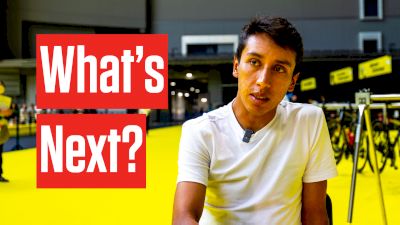 Egan Bernal Eyes Top Return And Vuelta a España 2024
Egan Bernal Eyes Top Return And Vuelta a España 2024Nov 4, 2023